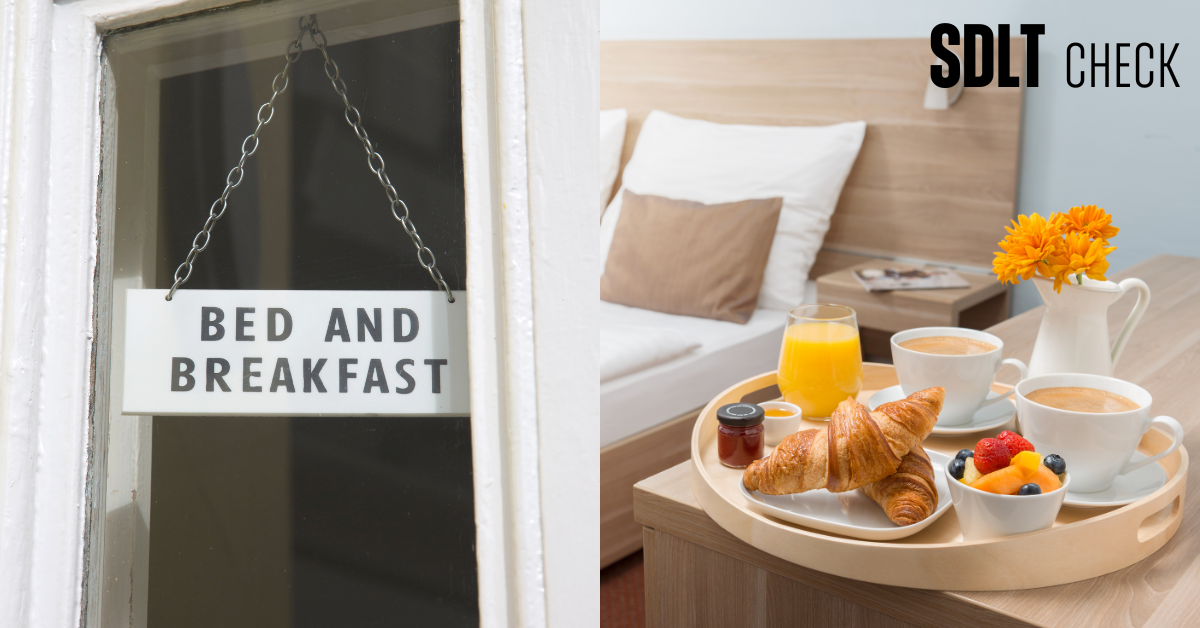SDLT for Holiday Lets

Stamp duty is applicable to furnished holiday letting properties and AirBnB listings. Both SDLT and the
3% SDLT surcharge are levied on holiday lets and serviced accommodations because HMRC categorises them
as dwellings.
HMRC assesses cases concerning bed and breakfast establishments or guest houses individually. However, a
bed and breakfast establishment equipped with bathing facilities, telephone lines, etc., in each room
(available year-round) would be classified as a non-residential property. This classification aligns
with s.116(3)(f), which states that establishments like hotels or inns are not considered dwellings.
Consequently, guest houses and B&Bs are not subject to the 3% SDLT surcharge, providing another tax
advantage for furnished holiday lets that offer additional services.
If your holiday let, guest house, and AirBnB listing includes an office for paperwork keeping, the
property may be considered mixed-use. In such cases, non-residential rates of SDLT can potentially
apply, and the 3% SDLT surcharge is not applicable.
For smaller SDLT resident investors in PRS purchasing fewer than six units in a single transaction,
the loss of MDR will significantly raise investment costs, potentially subjecting them to SDLT rates
of up to 15 percent. Similarly, individuals purchasing homes with ancillary dwellings will
experience increased tax costs, although MDR was not initially intended for such transactions and
HMRC has expressed concerns about its misuse in this context.
Landlords in the UK considering investment in furnished holiday lets must take into account stamp duty,
and the abolishment of the Holiday Let Tax Regime, set to end in June 2025. Typically, the SDLT rate
applied to most transactions will be based on residential-use stamp duty, but relief can apply in some
situations.

